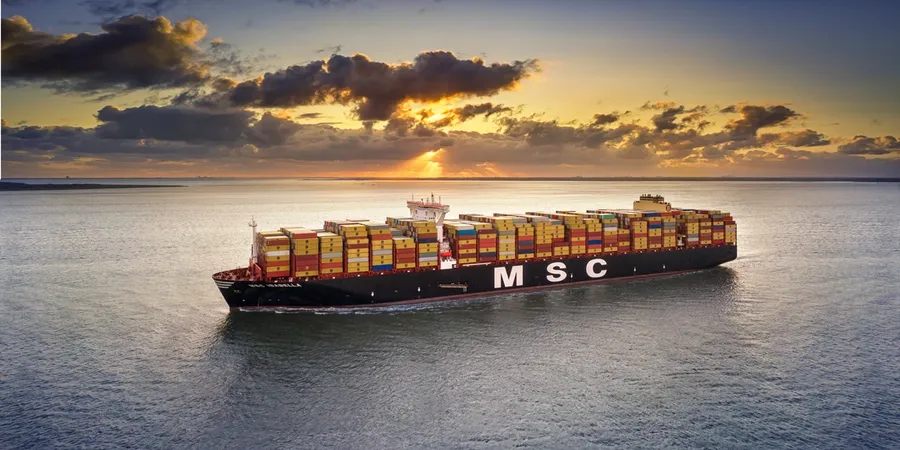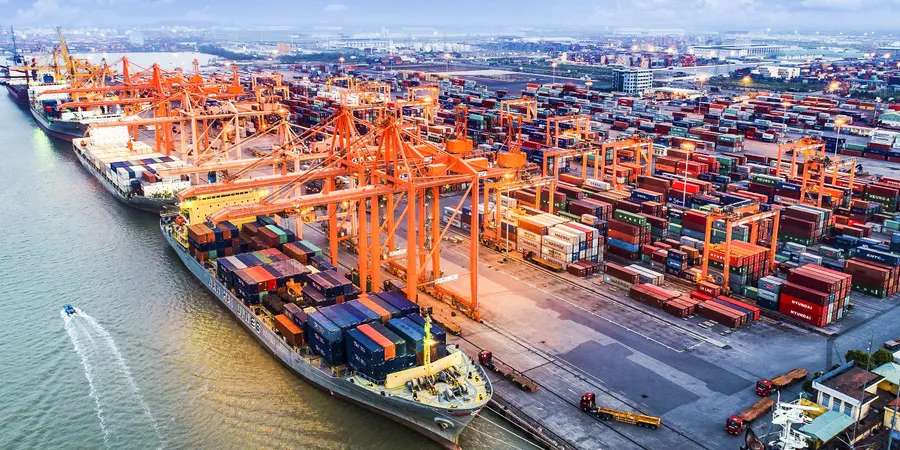Deepening project at Long Beach gets approval
The Long Beach Harbor Commission has approved a critical channel deepening project that is expected to ease cargo movement to and from the United States. The Port of Long Beach (POLB) and the federal government will share the costs, estimated at almost US$170 million, with the POLB's portion being estimated at US$109 million.
“By improving navigation in Long Beach Harbor, goods will speed faster around the supply chain, yielding enormous economic benefits for our city, region, and the nation,” said Harbor Commission president, Sharon L. Weissman, adding that “At the same time, it will make operations safer and help lessen environmental impacts on our community.”
Among other features, the project includes deepening the Long Beach Approach Channel from 76 feet to 80 feet deep, easing turning bends in the Main Channel to deepen a wider area to 76 feet, deepening parts of the West Basin from 50 to 55 feet, constructing an approach channel and turning basin to Pier J South with a depth of 55 feet, improving the breakwaters at the entrance to Pier J, and depositing dredged material in nearshore sites for refuse or in federally approved ocean disposal sites.
“Deepening and improving our waterways will give these vessels more room to maneuver, and to do so more efficiently by taking on more containers, reducing the number of ship calls and associated emissions,” commented Port of Long Beach executive director, Mario Cordero.
Last October, the U.S. Army Corps of Engineers concluded a multi-year federal study that showed deepening and widening channels in the harbor would lead to improved vessel navigation, safety, and national economic benefits of almost US$21 million annually.
Source: Container News





